
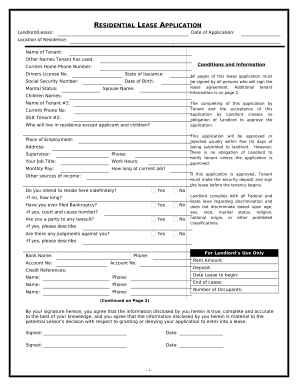
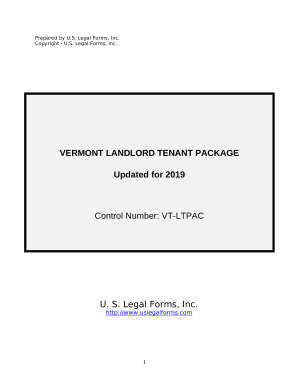


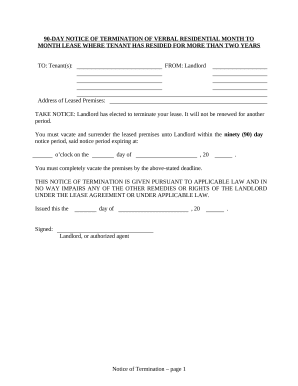
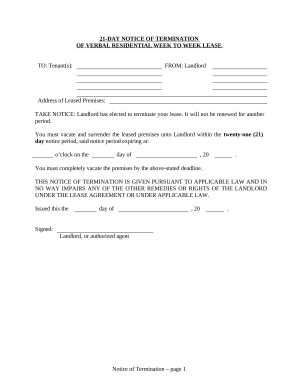
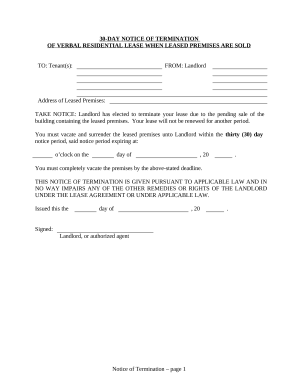

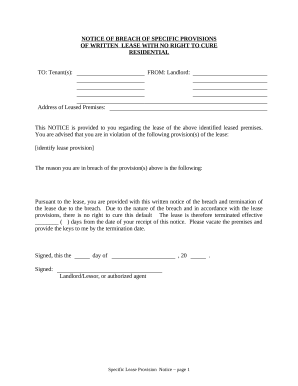
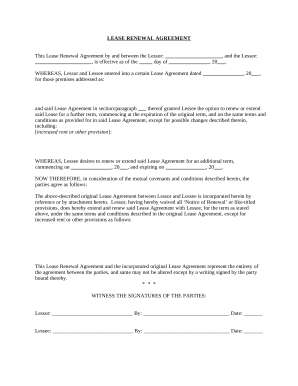
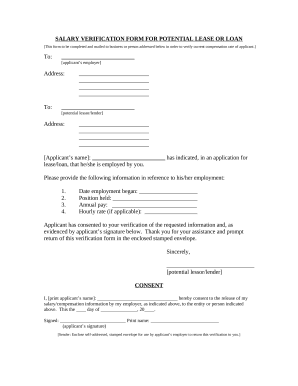
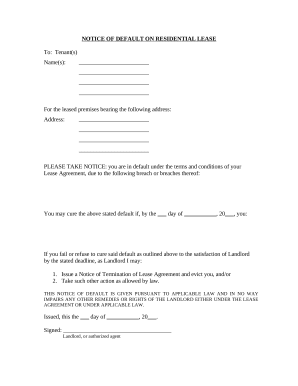
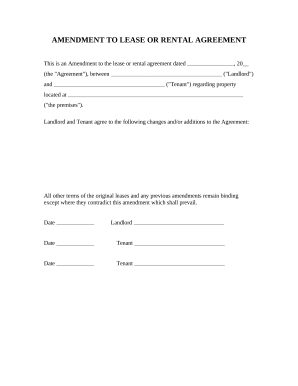
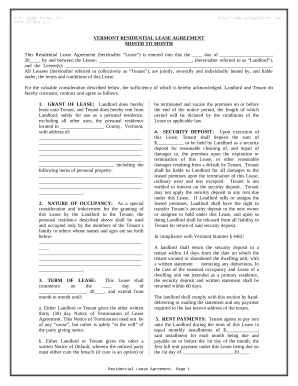
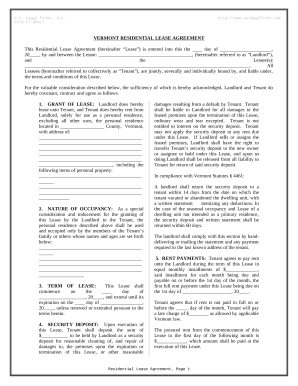

Document managing occupies to half of your office hours. With DocHub, it is simple to reclaim your office time and enhance your team's productivity. Get Vermont Residential Lease Forms collection and discover all templates related to your everyday workflows.
Easily use Vermont Residential Lease Forms:
Speed up your everyday document managing with the Vermont Residential Lease Forms. Get your free DocHub account right now to explore all templates.